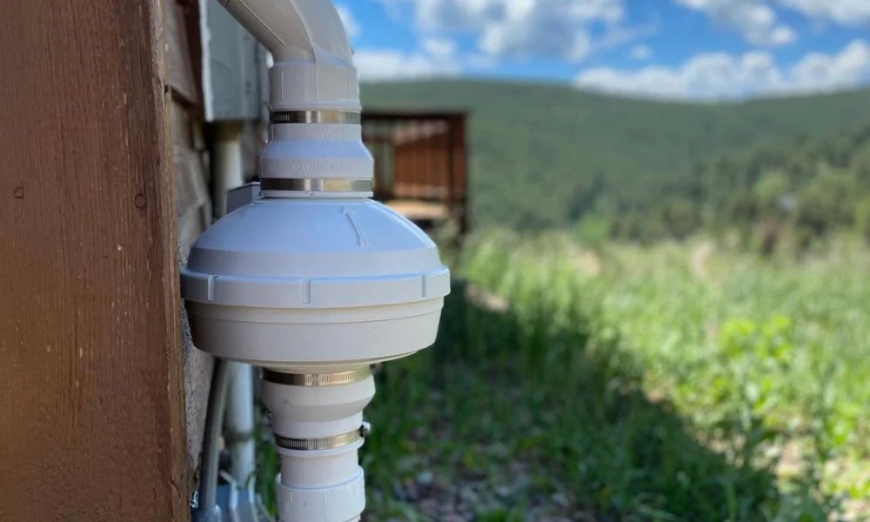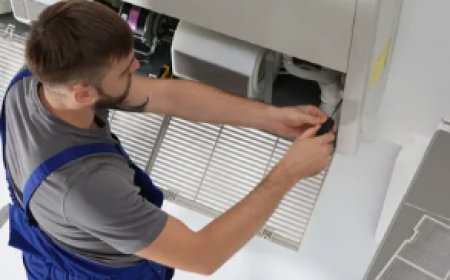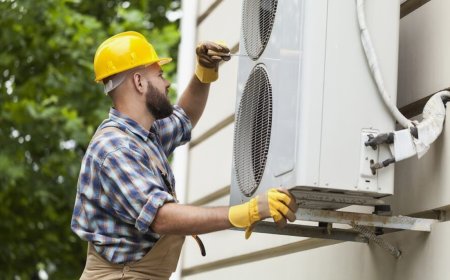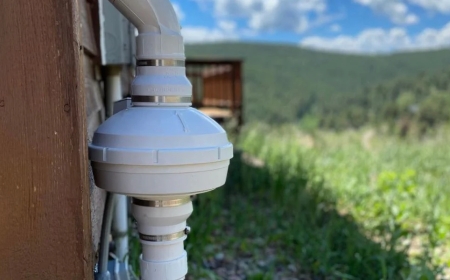What Equipment Is Required for Effective Radon Mitigation?
Explore the essential tools needed to install a professional radon mitigation system. Learn how each tool contributes to a safe and effective radon solution.

Setting up a radon mitigation system requires precision, knowledge, and the right tools. Without the correct approach and equipment, a system may fall short in reducing harmful gas levels. The foundation of every reliable system starts with choosing high-quality radon supplies, which form the basis for installation. Once the planning phase is complete, the real work begins, and every step must be executed with care to ensure lasting results.
Drilling Tools That Create a Strong Start
Most radon systems begin with a suction point drilled directly into the concrete slab of a buildings foundation. Creating that access point involves cutting through dense material. A rotary hammer drill is commonly used for this job, as it provides the strength needed to pierce solid concrete. For cleaner and more precise results, professionals often rely on core bits specifically designed to avoid cracking or damaging the surrounding area. Once the hole is made, a vacuum equipped with a HEPA filter helps remove fine particles and keeps the work zone safe and clean.
Piping Tools for Accurate Assembly
PVC piping plays a central role in directing radon gas from below the structure to the exterior of the building. A clean cut is vital for making secure joints that do not leak. A miter saw or pipe cutter allows installers to get straight, even edges on every pipe section. After cutting, the edges are smoothed using a deburring tool, which helps improve the strength of the seal once the pipes are joined. Solvent cement and primer are used to bond the joints together, ensuring an airtight fit. The goal at this stage is to create a seamless path for air to move without interruption.
Testing Equipment to Confirm System Functionality
Installing the physical components of a radon system is only half the job. Verifying that it works as intended is equally important. A manometer is used to measure the pressure within the pipe system, helping determine whether suction is being achieved. A smoke pencil can help visualize airflow and detect any leaks or weak points in the setup. For more precise data, a digital manometer combined with a pitot tube gives an accurate reading of how much air is being pulled through the system. These tools help installers make informed adjustments where needed.
Electrical Tools That Support Fan Installation
The fan is responsible for drawing radon from beneath the home and venting it to the outside. Without proper airflow, the system cannot reduce indoor levels effectively. Installing the fan requires more than just mechanical knowledge. A voltage tester ensures that the electrical setup is safe to work with. A wire stripper prepares the wires for a solid connection, and a conduit bender shapes the protective covering for the wiring. For safety and durability, exterior setups often include weatherproof switch boxes and outdoor-rated power outlets. Fan installation is a critical part of the system, and the tools used here have a direct impact on reliability.
Sealants and Tools for a Leak-Free Finish
No matter how well the rest of the system is built, radon can still enter through foundation cracks or gaps if not properly sealed. The sealing process typically involves applying polyurethane caulk or expanding foam to all exposed areas. A putty knife helps spread the material evenly, and a backer rod can be inserted into wider cracks to reduce the amount of sealant needed. Proper sealing ensures that the radon mitigation system doesnt have to work harder than necessary, allowing it to perform efficiently and extend the life of the fan and other components.
Safety Tools That Protect During Installation
Drilling through concrete, handling adhesives, and working with electricity all carry risks. Safety equipment plays a vital role in protecting both the installer and the integrity of the system. A respirator fitted with P100 filters protects the lungs from harmful dust and vapors during drilling or sealing. Gloves reduce the risk of cuts or burns, and eye protection shields against flying debris. When operating power tools for extended periods, hearing protection helps prevent long-term damage. Safety isnt just about avoiding accidents; it also contributes to a smoother, more controlled installation process.
Conclusion:
Professional radon mitigation is not something that should be rushed or improvised. Every step depends on having the right tools for the task. Drills, saws, testing meters, electrical gear, and safety equipment each play a role in building a system that is reliable and effective. With proper tools in hand, installers can ensure that the system performs its job without the need for frequent maintenance or costly repairs.































